
Peoples and Languages
Social Media
Leave comments, suggestions, keep an eye on news in our groups on VK, Odnoklassniki and Telegram channel
Peoples and Languages
Social Media
Leave comments, suggestions, keep an eye on news in our groups on VK, Odnoklassniki and Telegram channel
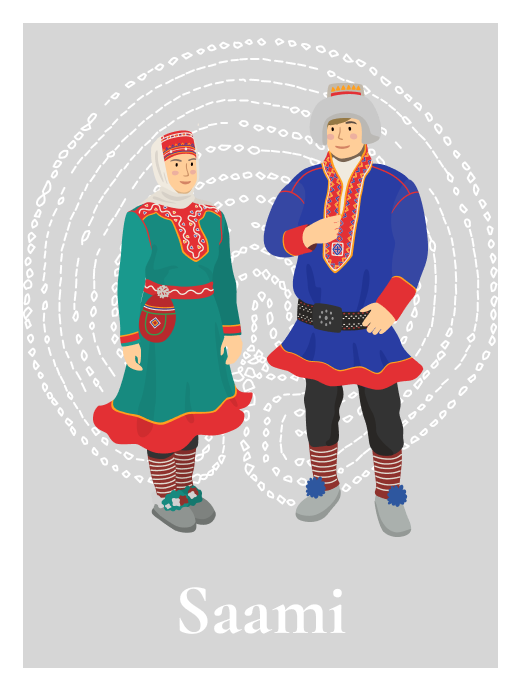
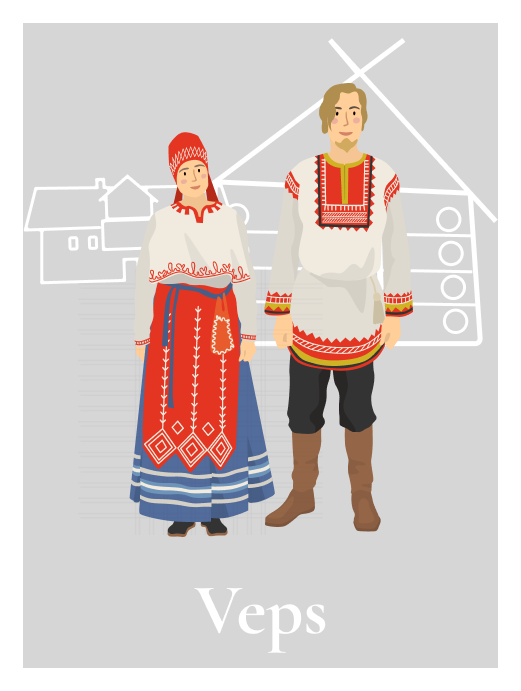
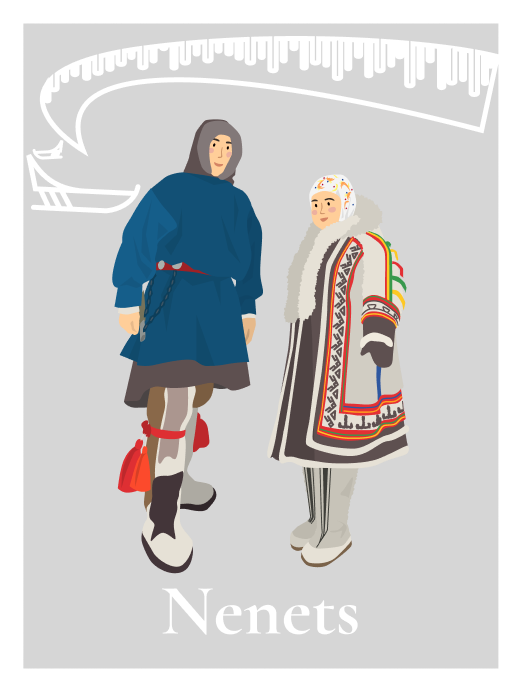
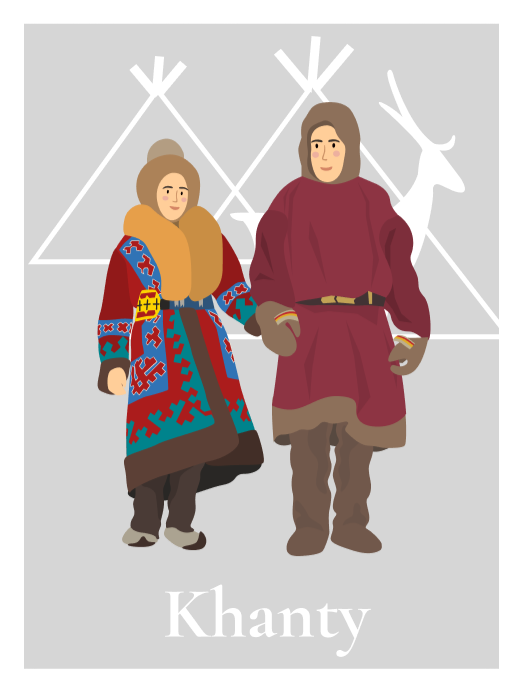
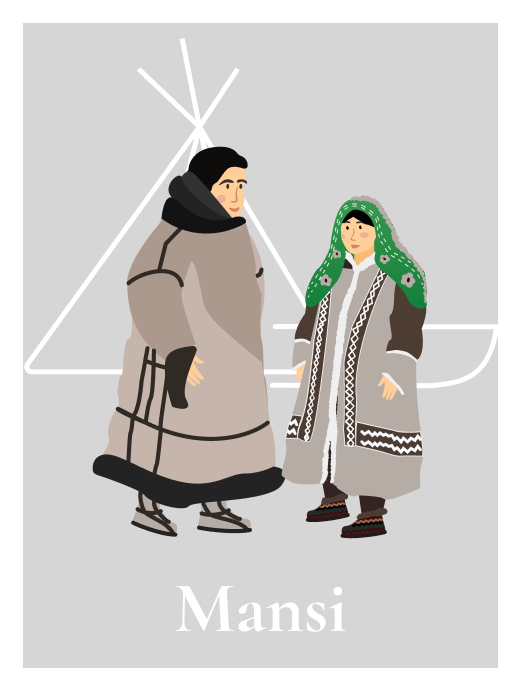

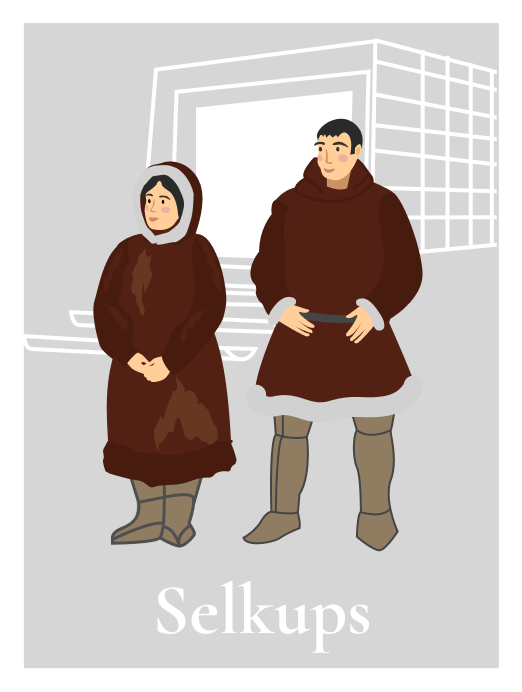
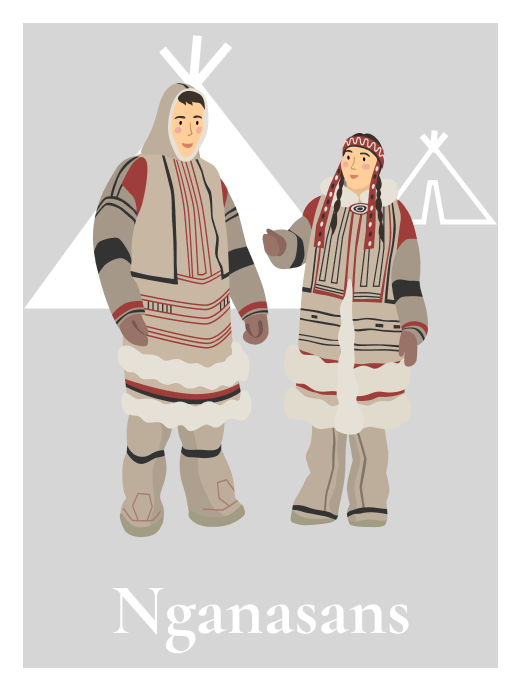
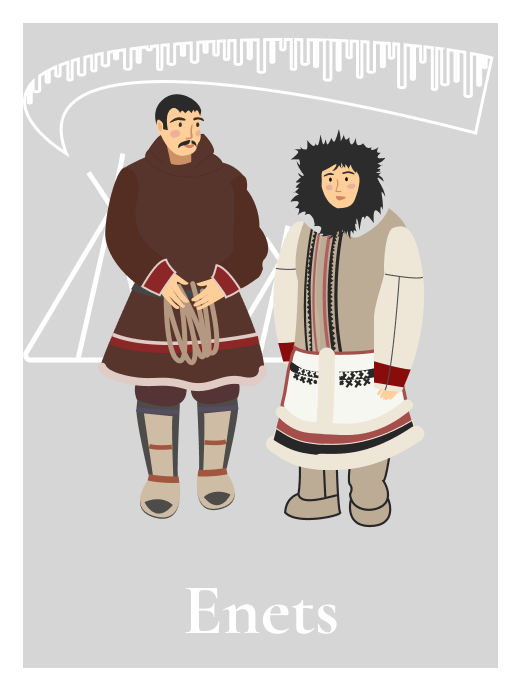
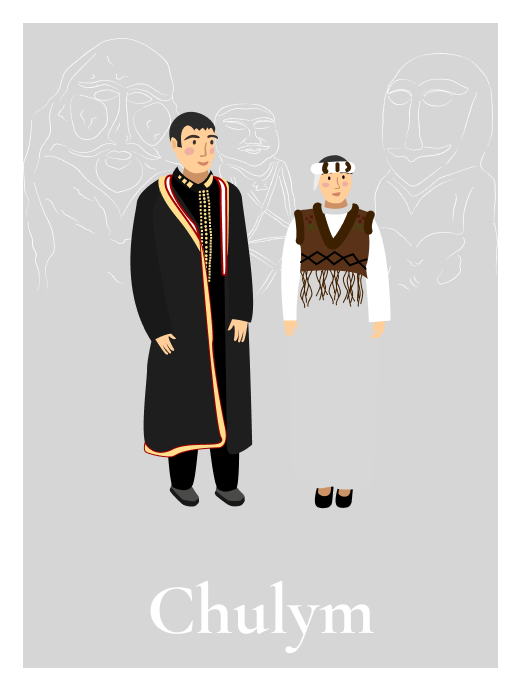
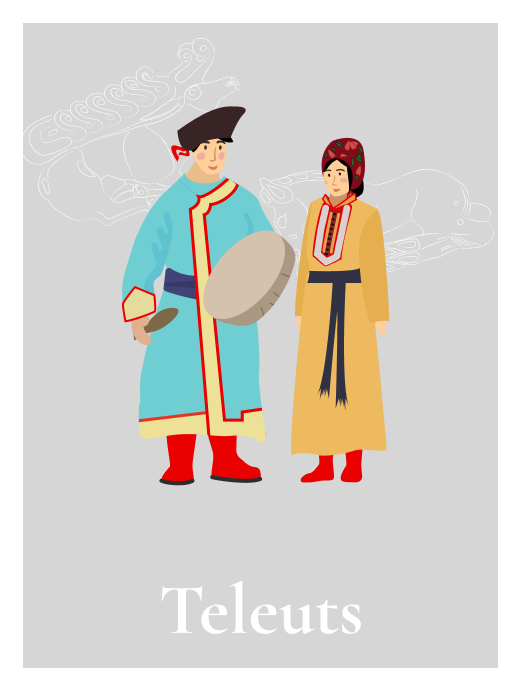
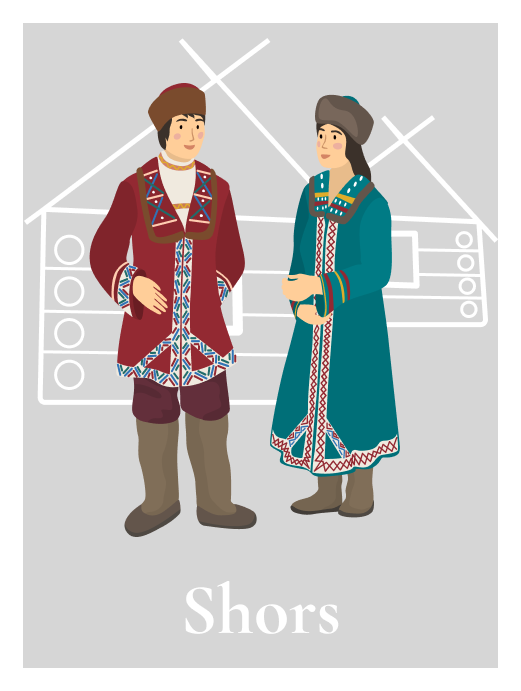
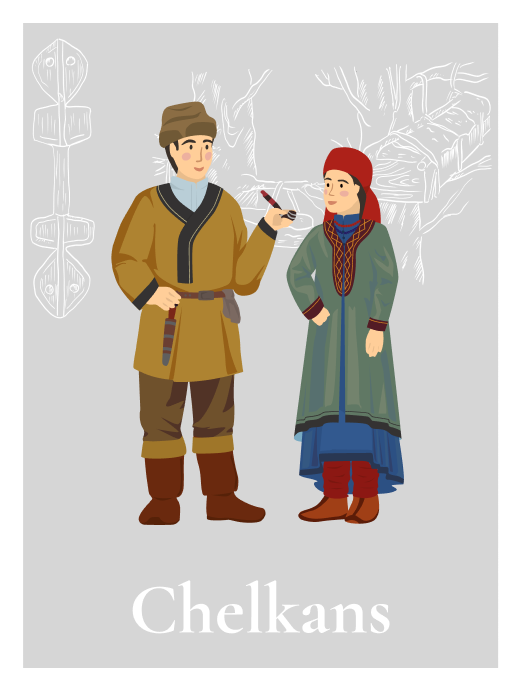
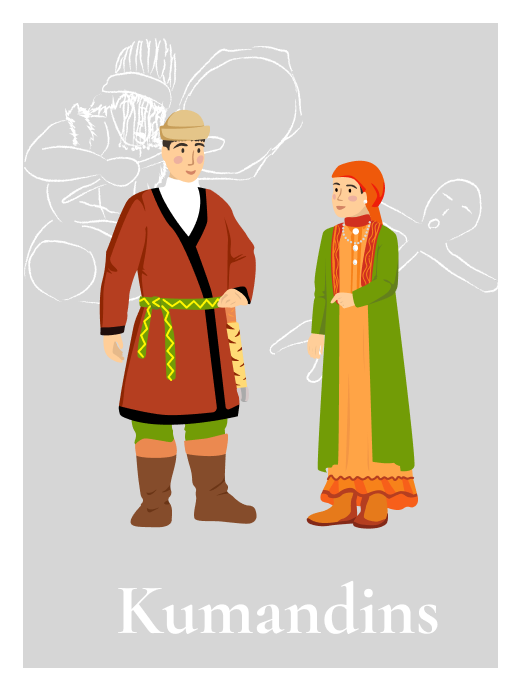
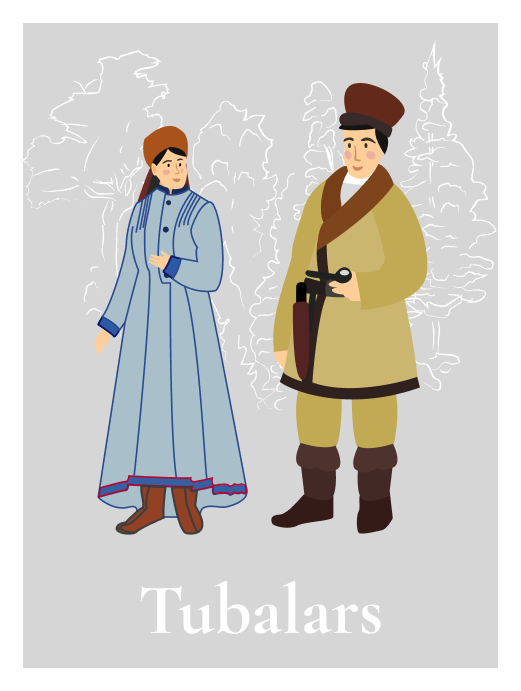
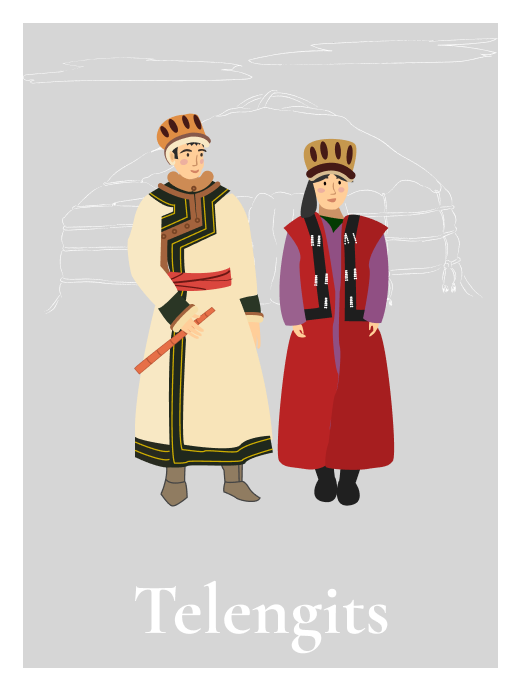
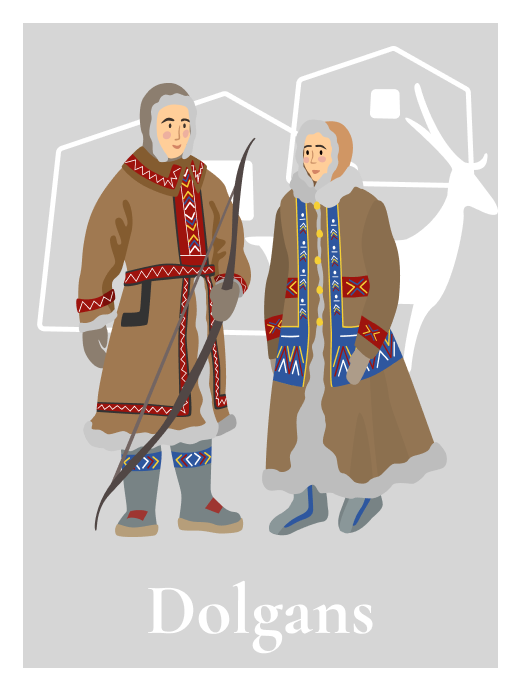
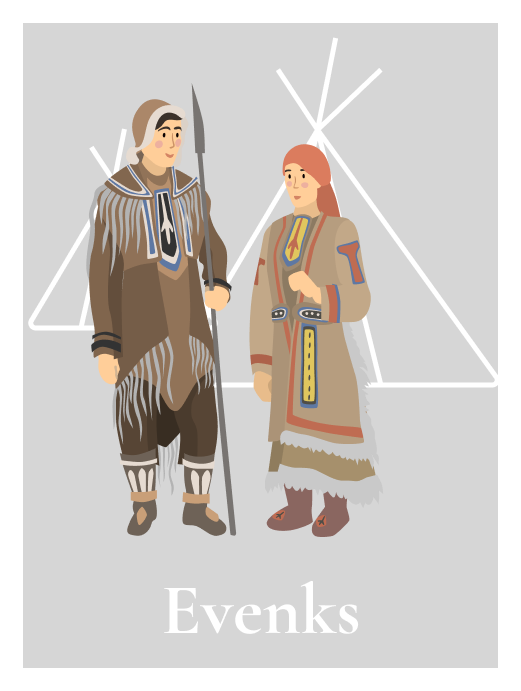
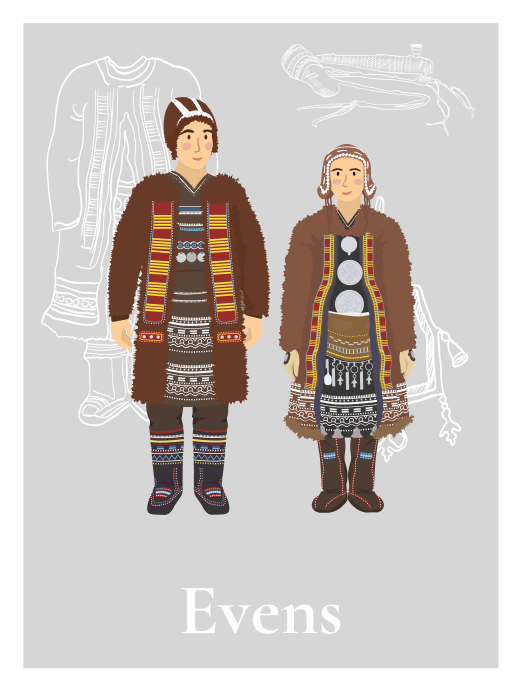
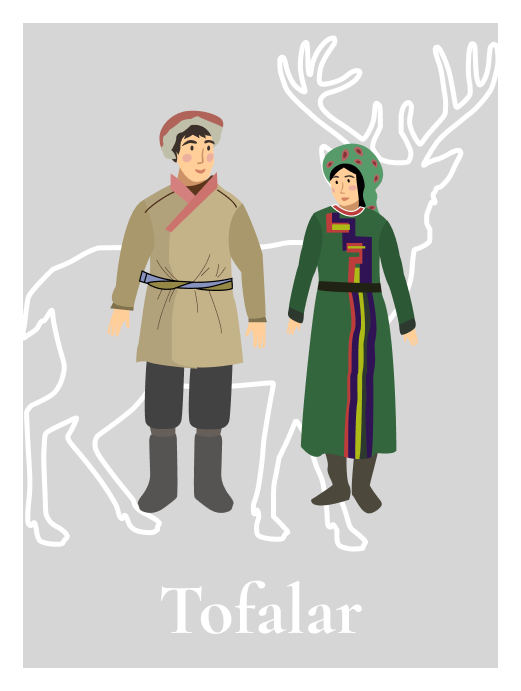
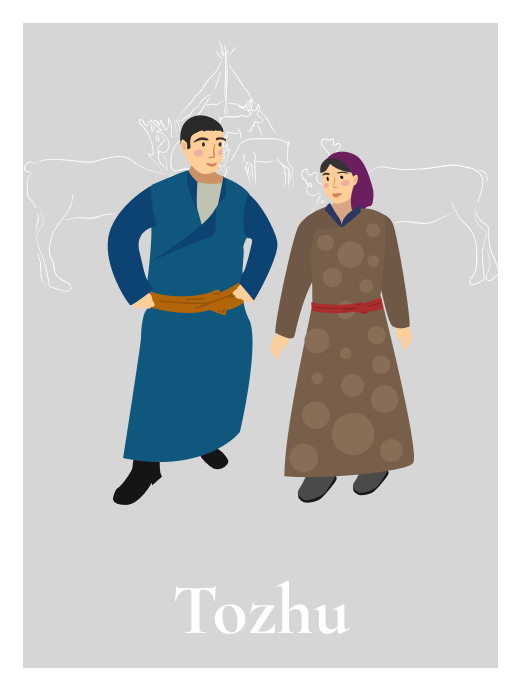
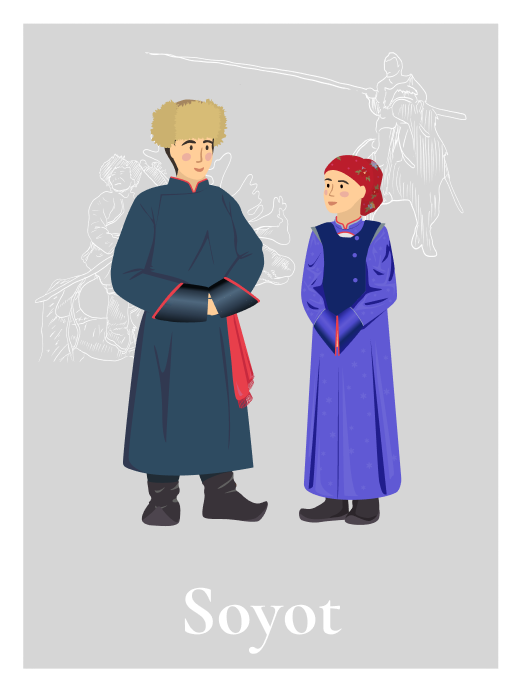
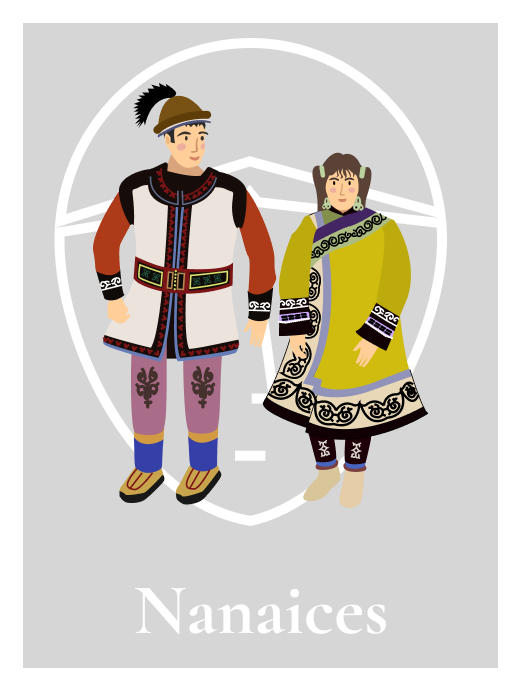
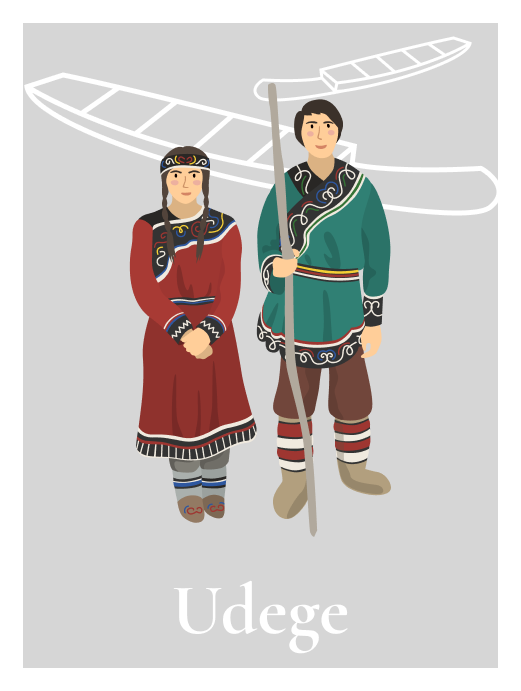
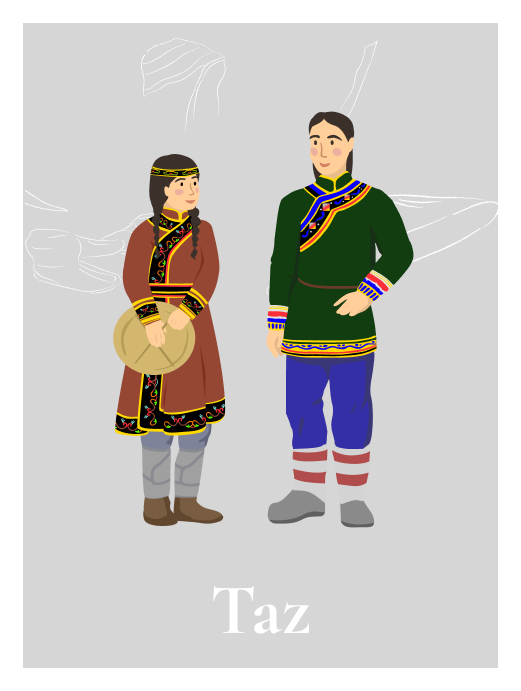
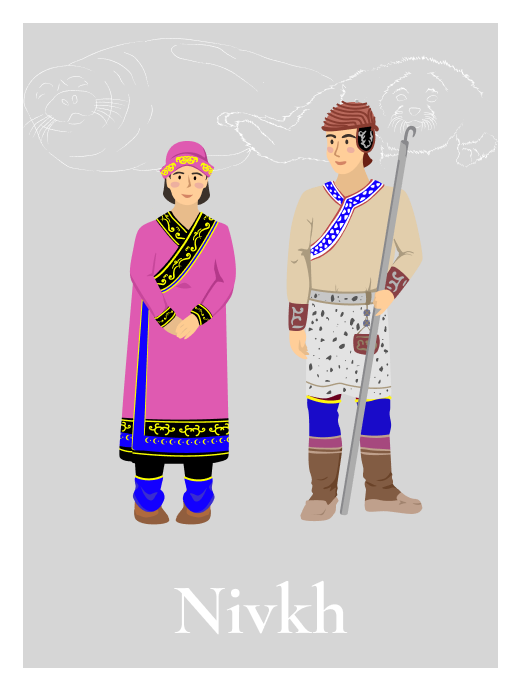
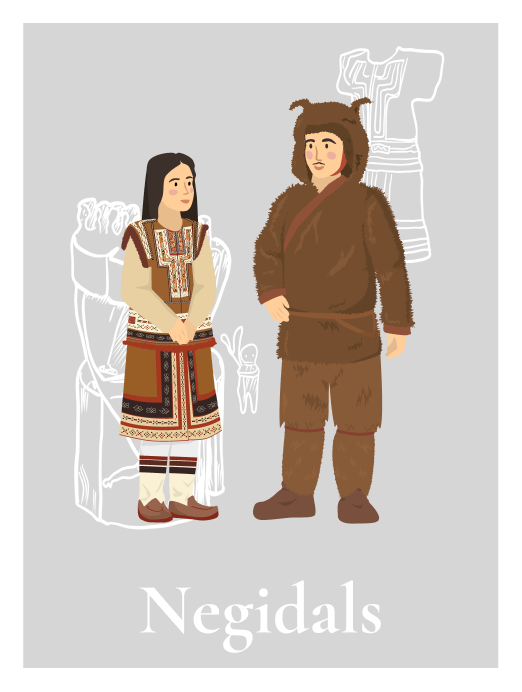
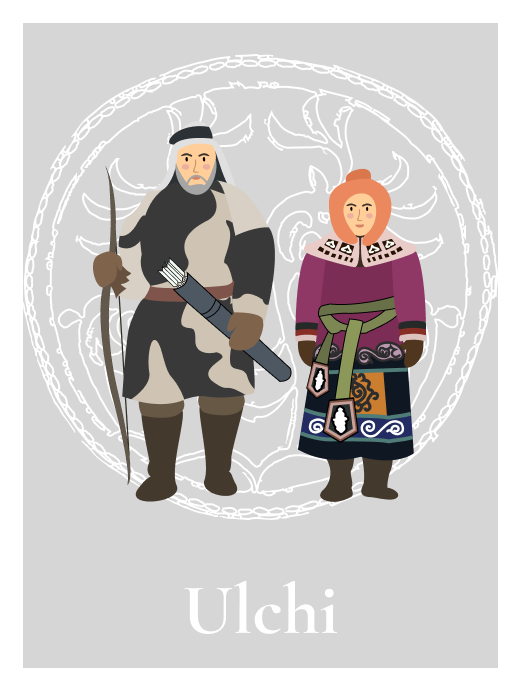

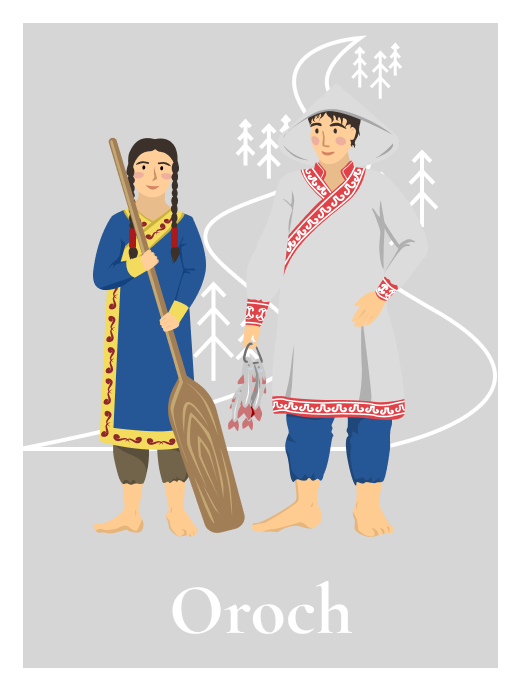
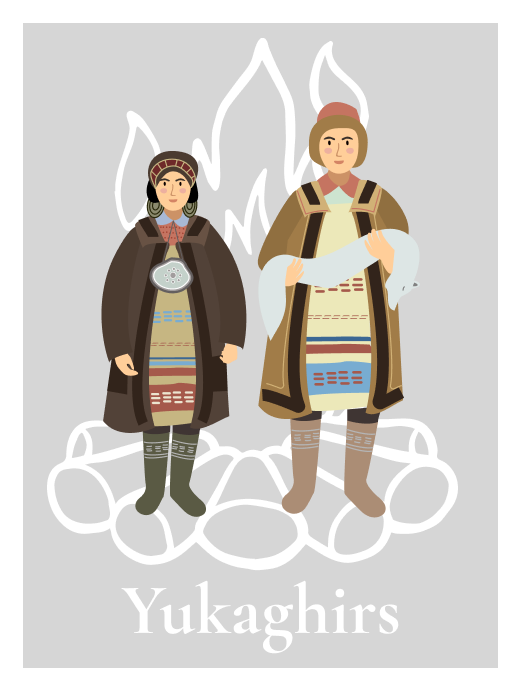
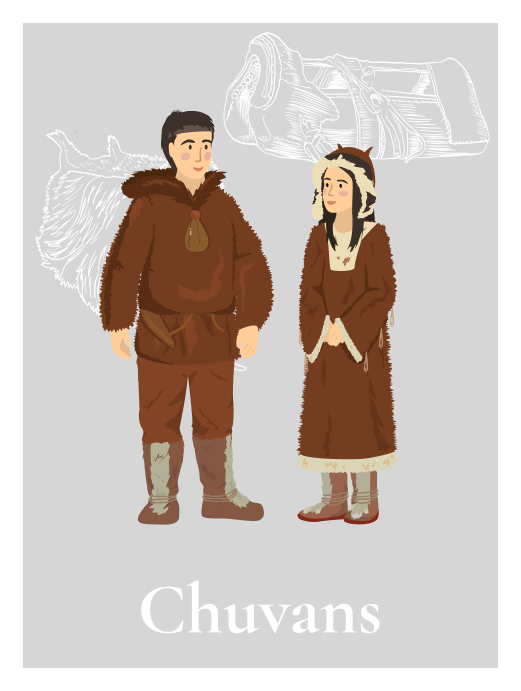
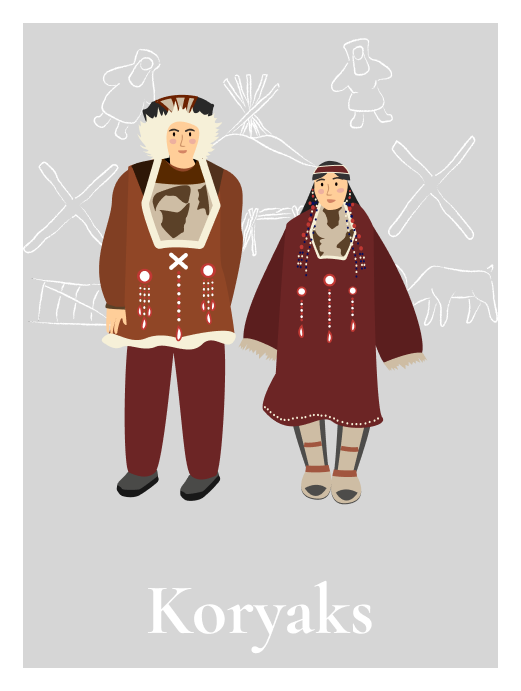
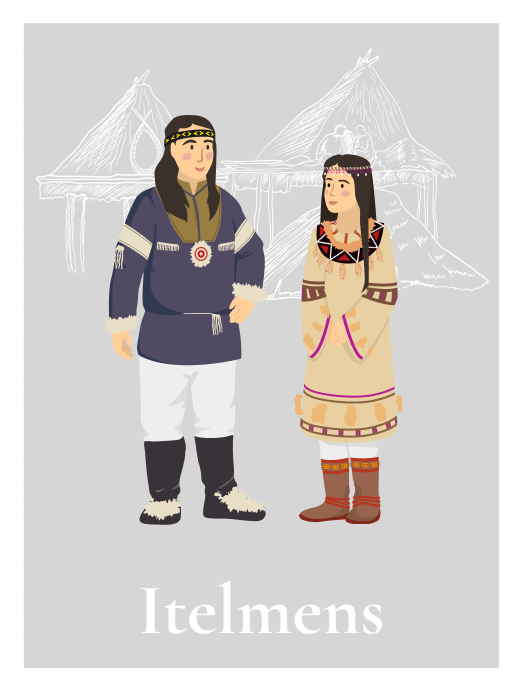
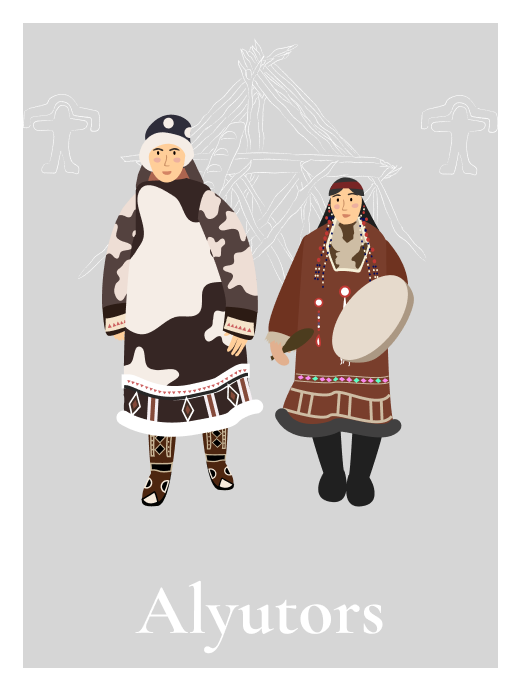
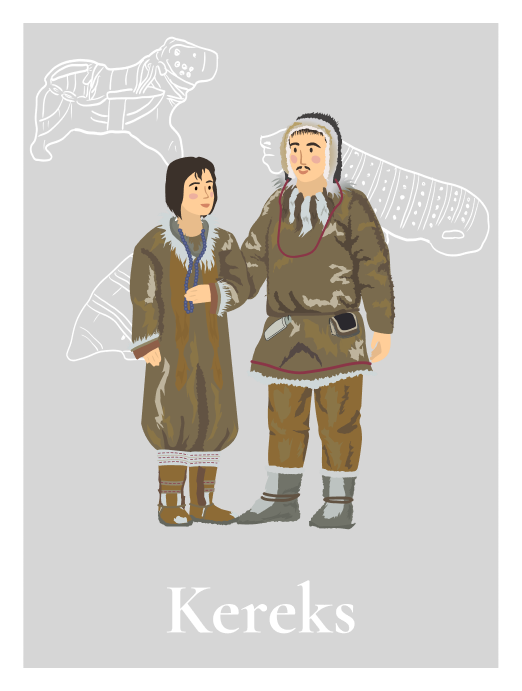
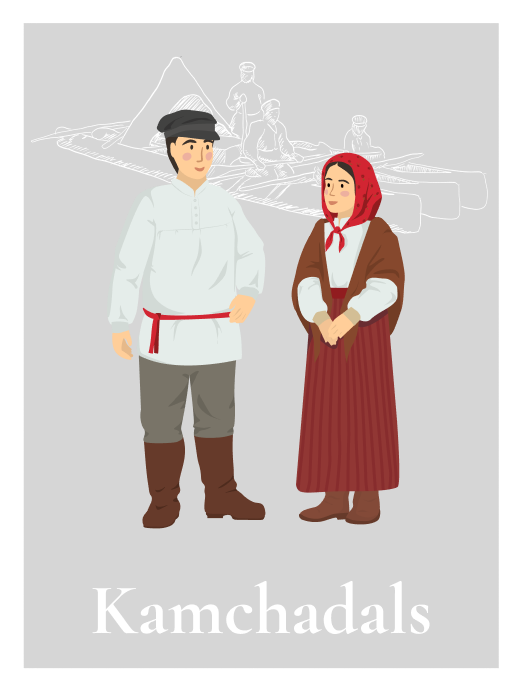

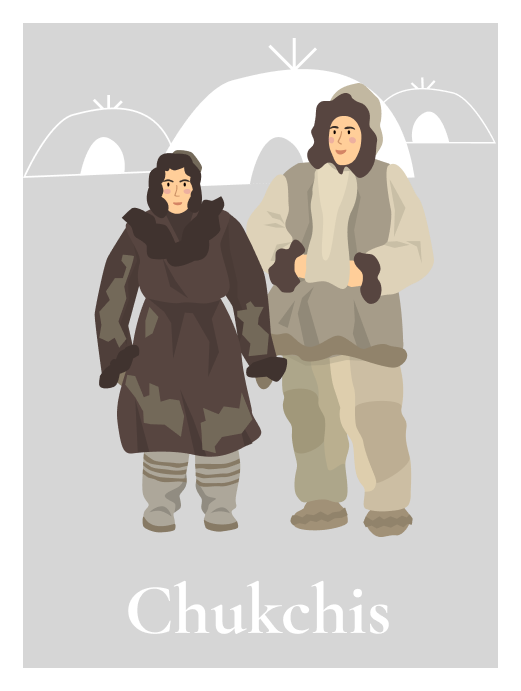
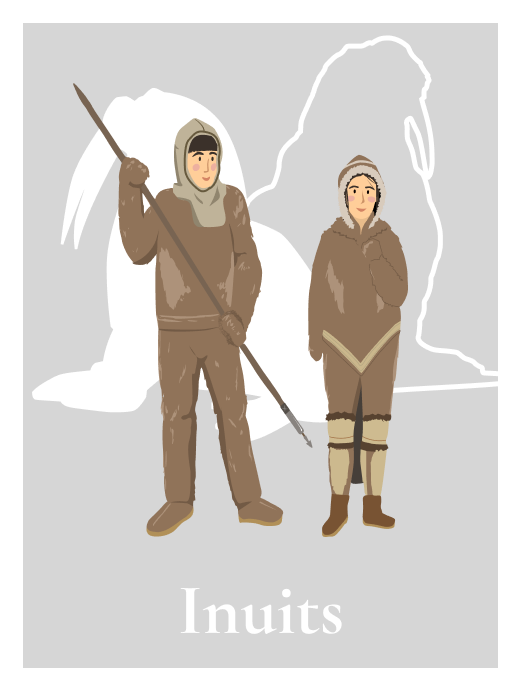
It is quite difficult to estimate the number of speakers of Northern Khanty based on the census data: in all censuses conducted in the Russian Empire, the USSR and Russia, the Khanty have always been grouped together: no attempt was made to separate them into ethnographic groups (the northern, the southern and the eastern).
Similarly, in the census of 2010, the speakers of Northern Khanty and the speakers of Eastern Khanty were counted together. In 2010, 30,943 people called themselves Khanty, and approximately 11.5 thousand indicated Khanty as their native language. In the census of 2010, in addition to the question about the native language, a question about native language proficiency was added, to which approximately 9.5 thousand Khanty responded “proficient”.
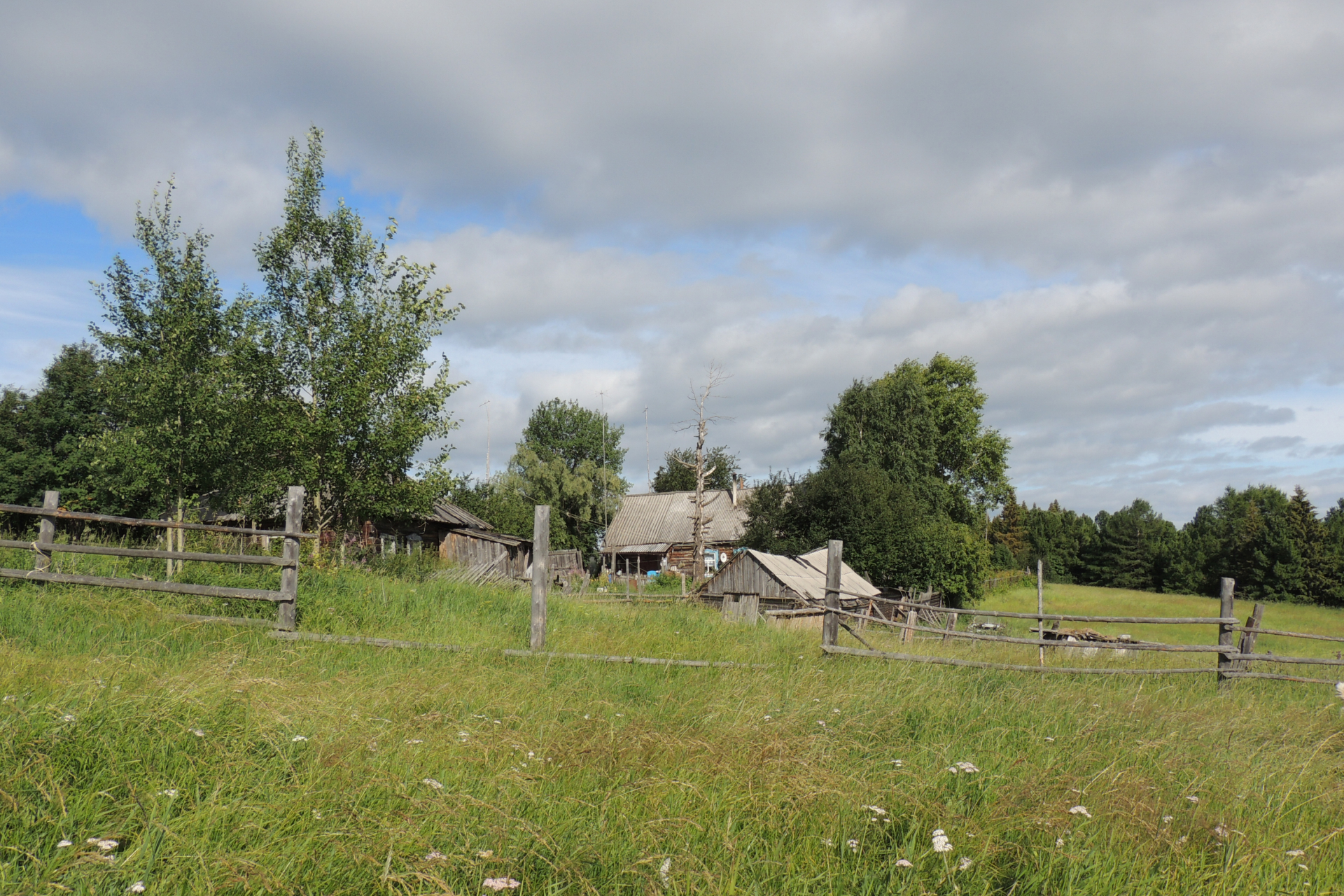
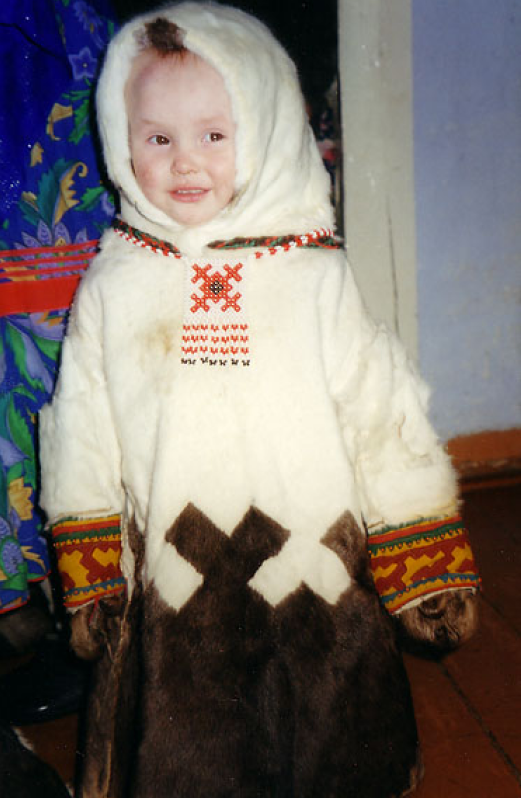
The number of native speakers is quite reduced among the younger generations, yet the people of the older generation speak the Khanty language well. Poor language proficiency among the younger generations is due to several factors. First of all, most children receive their education in boarding schools, and therefore do not see their family for a significant part of the year, having no contact with the older relatives they could speak Khanty with. Another factor is the disappearance of traditional occupations leading to people moving to multinational villages and cities, where it becomes more difficult to preserve their native language. Secondly, there are internal changes in the language itself as it needs to be adapted to modern realities. Still, preservation and development are not impossible, as any language can successfully express both the traditional culture and the newly emerged areas of life